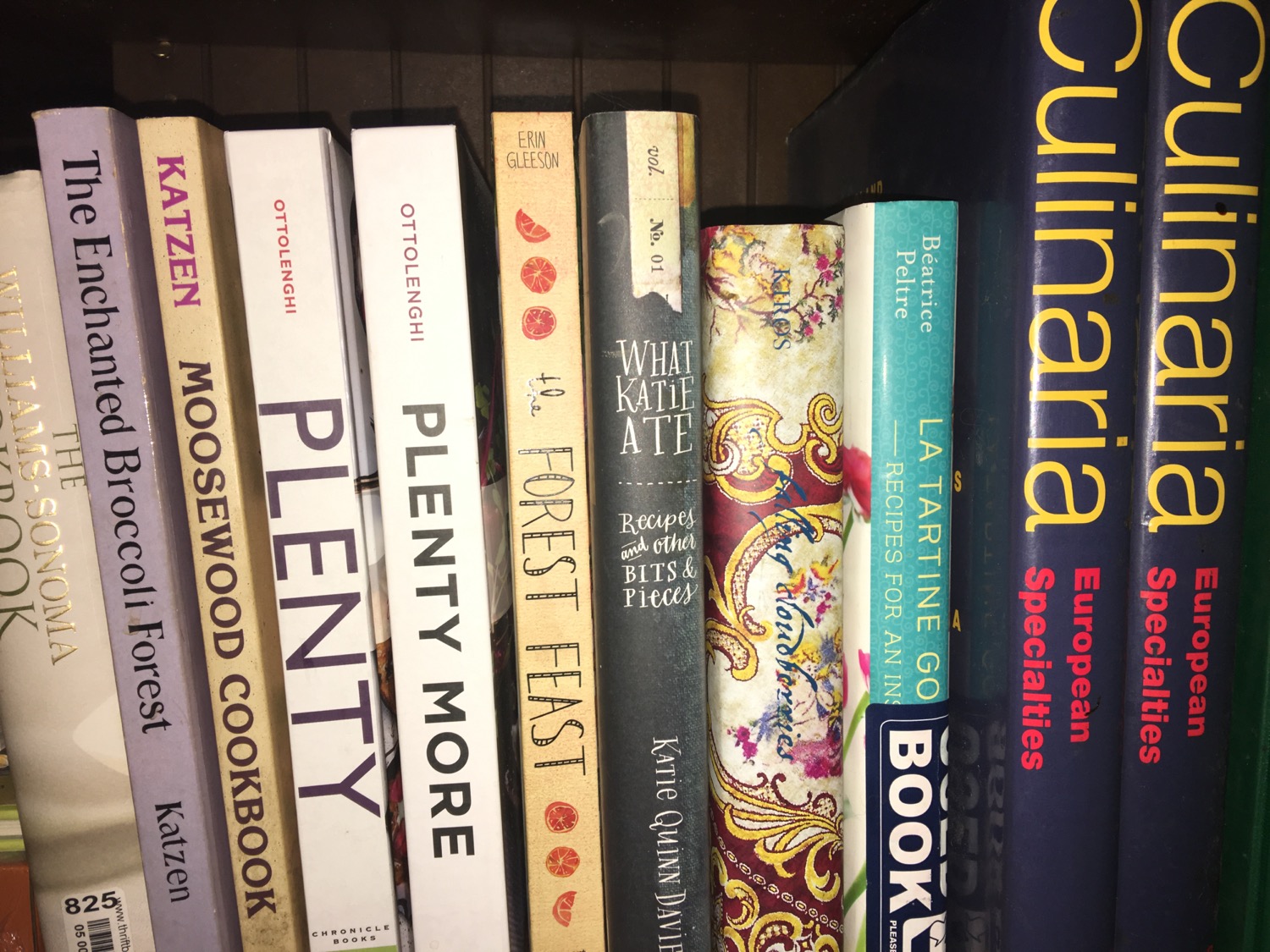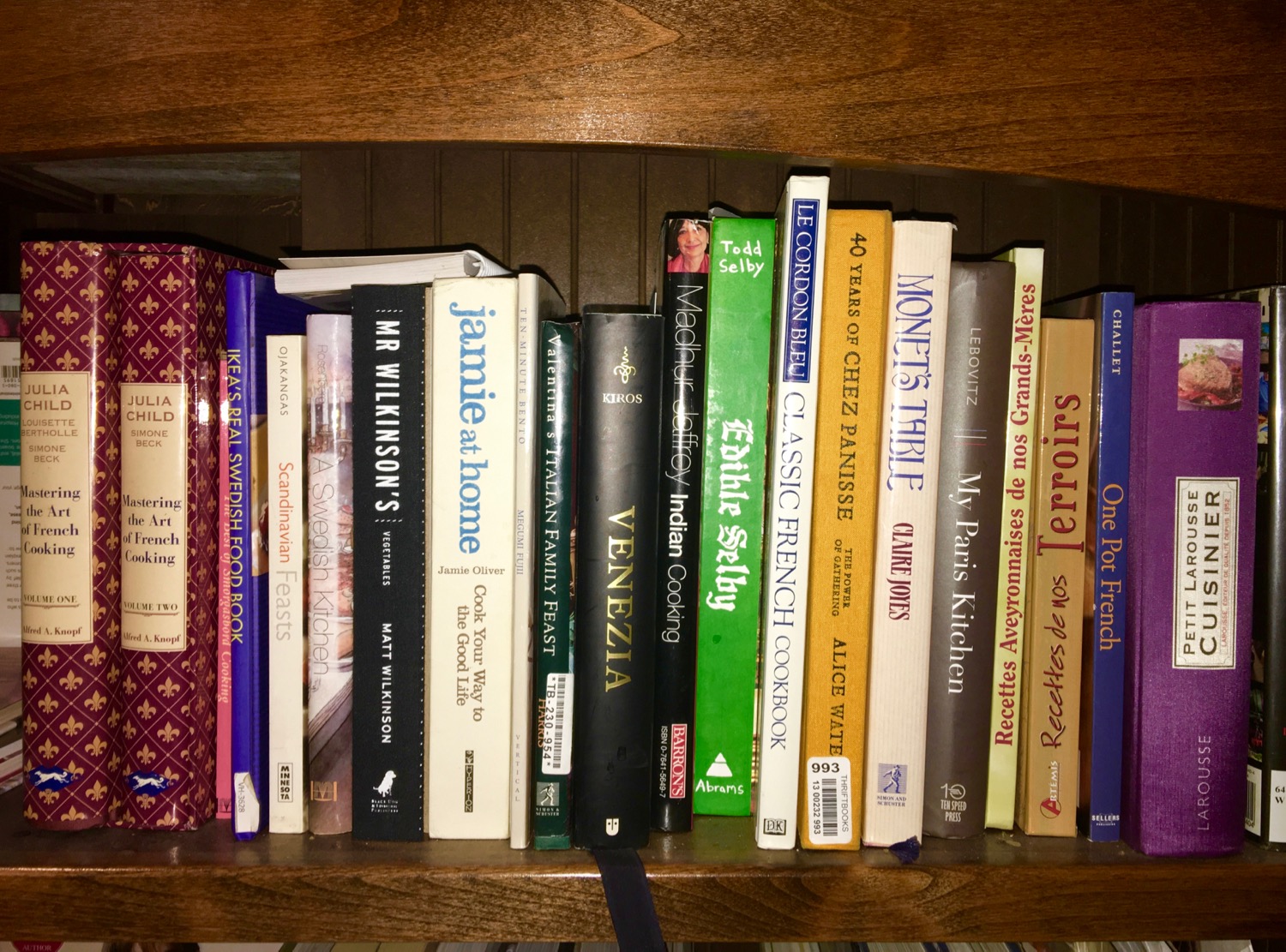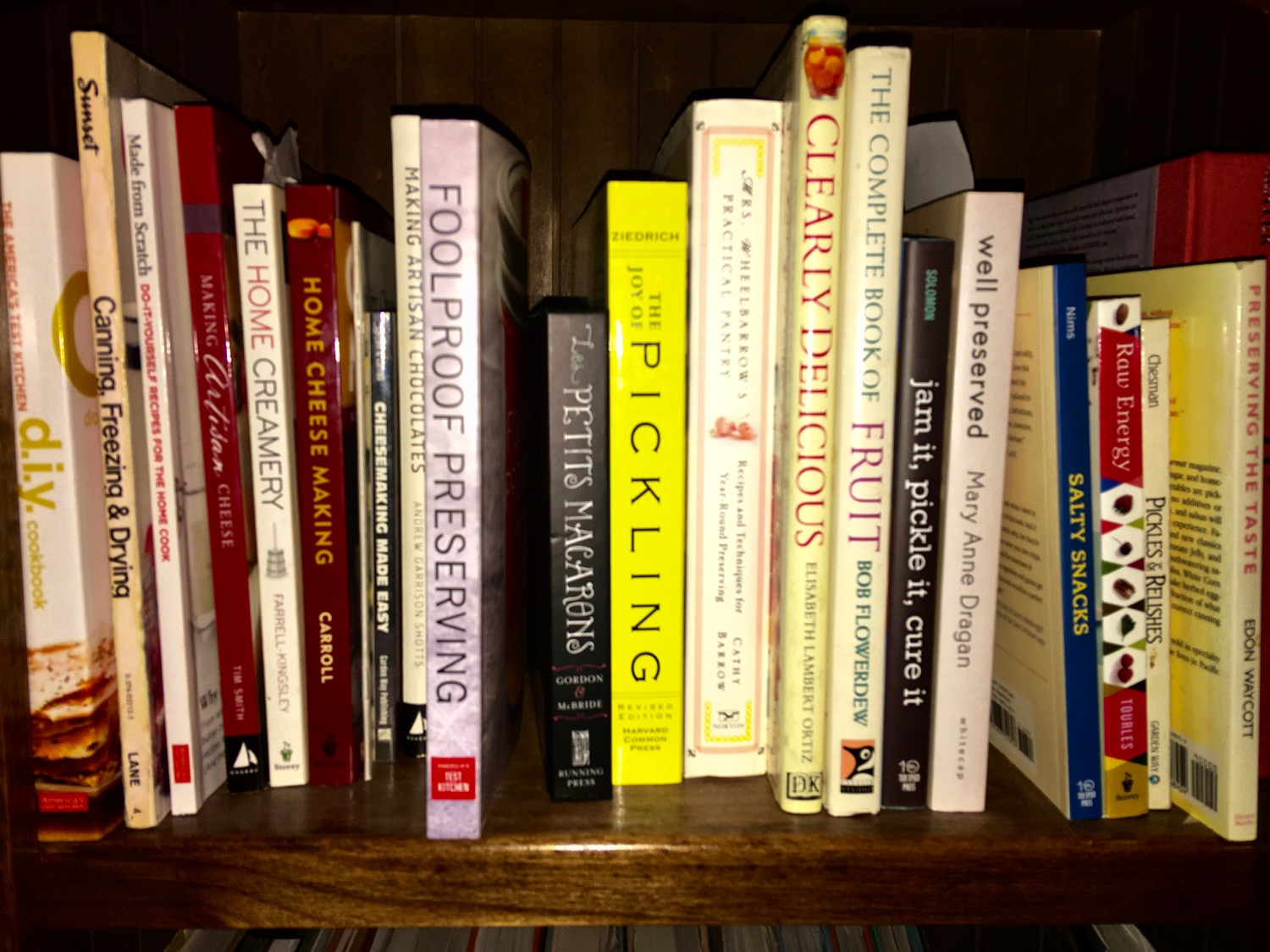As per recent precedent, we will be starting with Zika virus news.
NIAID ( National Institute of Allergy and Infectious Disease) chair Dr. Anthony Fauci has reported that Zika virus has yet another disease manifestation in non pregnant adults. Besides producing microcephaly in the unborn, and Guillaine Barre partial paralysis in a certain number of adults, it also produces significant neurological damage to what appears to be a small percentage of adults. More information will doubtless be forthcoming.
Many have wondered why the virus, which was identified many years ago, had not caused problems on this scale, before. The answer is most likely lies in the fact that it has mutated since it was a harmless strain in Africa. It is interesting to note that this information comes to us through a collaboration between UCLA and the Chinese Academy of Medical Sciences and Peking Union Medical College.
CDC ( Centers for Disease Control) had recommended that men with symptoms who have been in a Zika infected area abstain or use condoms for 1 least 6 months. Men without symptoms must take these precautions for 2 months. That said, it is also true that 4 out of 5 people with Zika do NOT show symptoms. Hmmmm….
It is becoming more appreciated that Zika related changes in the fetal brain may require sophisticated imaging like antenatal MRI to diagnose. In other words, a woman may not find out until late in pregnancy that her baby is affected. It is important to keep in mind the big picture that most pregnant women with Zika give birth to what now appear to be normal babies. However, there has not been enough time to determine what percent are born normal, or how long or intensively one needs to observe the child before the child is declared normal.
In other, but ultimately related news,CMS, the Centers for Medicare and Medicaid Services, has warned officials in all 50 states that ending Medicaid funding of Planned Parenthood may be out of compliance with federal law. Ten states, Alabama, Arizona, Louisiana, Kansas, Missouri, Oklahoma, Texas, and Wisconsin have already cut off funding or have passed legislation to do so. CMS has sent letters to each state to “ ensure they have a clear understanding of their obligation to follow longstanding Medicaid law guaranteeing that beneficiaries have the right to receive covered services, including family planning services…” Failure to comply with result in another warning, then penalties ($).
With weather experts predicating a hotter than average spring and summer, Zika carrying mosquitos are expected to expand their territory in the southern states. Legislators and activists in these states had better think hard about taking away family planning clinics which are principal access points for contraceptives. Ready access to contraceptives may become very important if Zika outbreaks develop in these southern states, which doubtless they will. To put it very plainly, less access to contraception means more unplanned pregnancy, and in the setting of a Zika outbreak, more potential for Zika affected pregnancy, and thus more potential for seriously affected fetuses, and more demand for abortion.
As many states are developing legislations to make abortion procedures more restrictive, other groups are promoting the use of abortion medication, which in many cases of early pregnancy, would make abortion procedures unnecessary. At the same time others are promoting “ Perinatal Hospice Care” as another way to avoid abortion, even of babies with fatal anomalies. These facilities would provide end of life care for babies born with conditions not compatible with long term survival. This would include babies with severe chromosome anomalies, severe brain defects, and other abnormalities like the congenital absence of kidneys. The appearance of these facilites coincides with the appearance of legislation in 6 states which requires physicians to counsel expectant parents with an unborn baby with a fatal condition about Perinatal Hospice as an alternative to abortion. In other words, they are advising the parents that they MAY continue to carry the pregnancy, give birth and then place their child in a hospice until it dies. I speculate that facilites of this type are bound to arise in South America where abortion is neither widely accepted nor available, and where there will soon be thousands of severely brain damaged babies due to the Zika virus.
Now for more virus related news. Polio vaccine has been revised. There have only been 12 cases worldwide, and this latest step should eradicate it once and for all. It is important to note that the world once feared polio as we now fear Zika.
Gardisil, the quadrivalent vaccine against HPV (Human Papilloma Virus) has been extremely helpful to curtail HPV disease. It reduces the onset of cervical cancer by 63% and death by 43 %. However, Gardisil 9, which covers 9 HPV subtypes rather than 4, would decrease the same by 73% and 49%, respectively. This vaccine upgrade is estimated to be worth $27 billion in health care savings over the next 35 years, not to speak of the reduction in human suffering.
Finally, in the awesome news department, women who work out while pregnant seem to confer significant lasting benefits to the cardiovascular and brain function of their unborn children. ACOG (American College of Obstetricians and Gynecologists) continues to recommend that women with uncomplicated pregnancies do MODERATE exercise before, during and after pregnancy to benefit themselves and their children.
Stay tuned for more breaking news from the world of Obstetrics and Gynecology, next week, on Medical Monday.





























